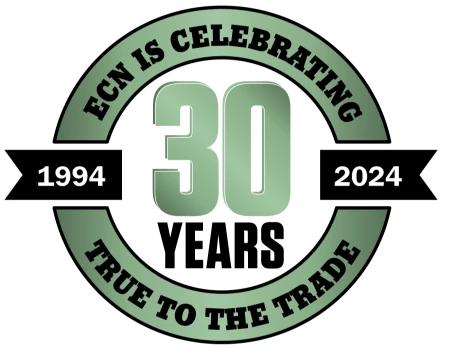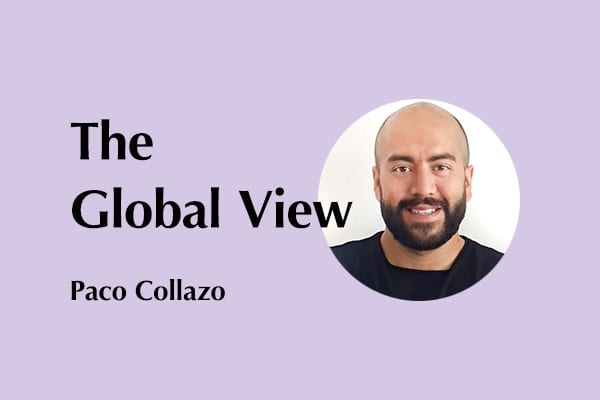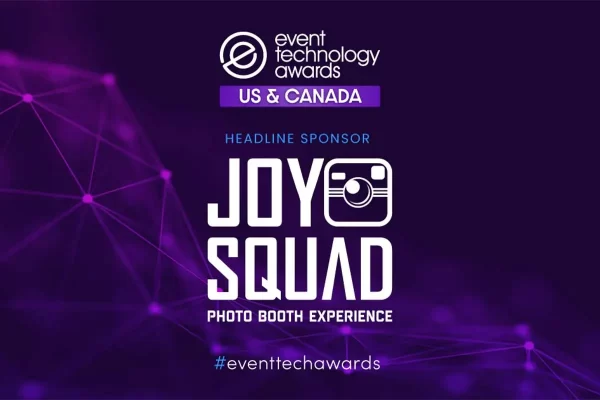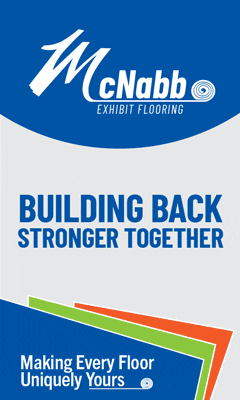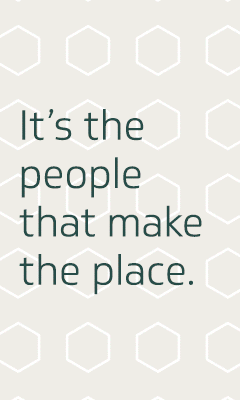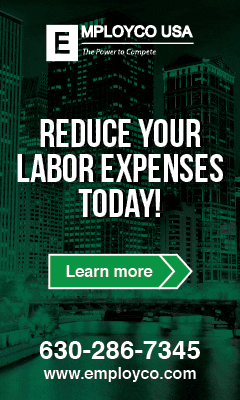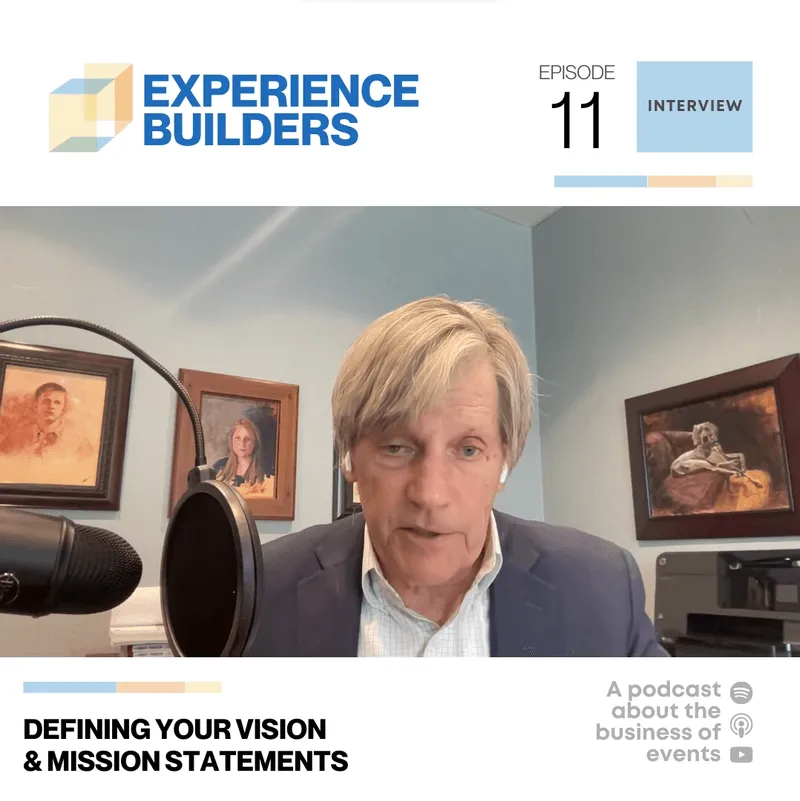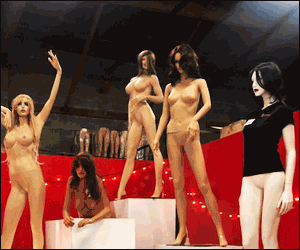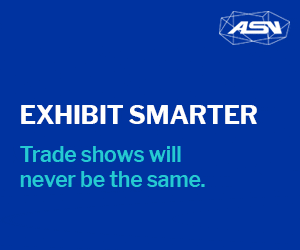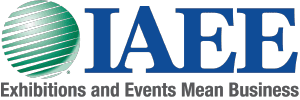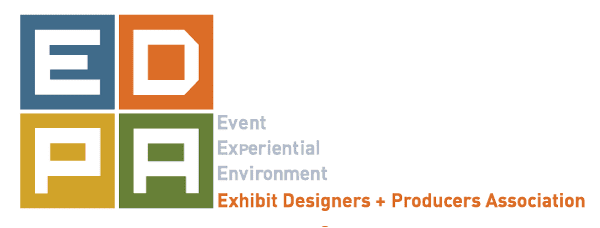It happens all too often. A client approaches a design firm requesting a proposal for an exhibit. The design team wants to get an idea of the client’s budget, but the client doesn’t have one.
If a designer creates a custom design for a booth that is way out of the client’s price range, it is a waste of time for everyone. If a designer decides not to create anything and refuses the client, it’s a loss of potential business for all parties.
Some exhibit firms decide to approach this situation from a monetary standpoint and start throwing out numbers and gauging reactions even before drawing up any designs.
One method of tackling this situation is to suggest the average cost of producing a booth.
“Since the average square foot price is around $150, I just throw it out to get a reaction,” said Joe Houle, vice president of strategic development at LAB Exhibits. “If they get to a defensive, ‘No, that’s much too high!’ you know you can adjust your expectations downward.”
Rather than throwing out the average cost of a booth, other designers purposely give clients an extremely high number to “shock” them into a lower price. For example, a designer would say the booth is $250 per square foot, or $100,000 for a 20 by 20, and gauge the client’s response to get them into a better, more reasonable cost.
Another aspect of adjusting price based on reaction is the way the client might view the particular individual. If the client knows that you are familiar with the numbers side of the business even though you are not a sales person, they’ll be less likely to try to bargain.
“If they know they can’t manipulate you into a lower price, it’s best to be honest. That way, the client and the exhibit house know the budget,” said Houle.
However, for clients who are not necessarily looking to negotiate a price right off the bat, an alternative approach is to get background information on the client prior to the proposal meeting. This creates a more personable experience.
“Researching on the internet will give the little information you need prior to asking good leading questions,” said Frederick Kong, national account manager at Production Resource Group. “Clients no longer want to be clients, they want to be partners. Partners both have skin in the game. By researching your new partner prior to a call, it shows a real interest.”
A secured sense of joint investment is created by making a client a partner and including them in a team-style business process. This way, the client doesn’t feel like they are being conned or cheated out of their money.
“I have found that most exhibitors want the greatest bang for their buck. The problem is that they have no idea how to achieve this goal,” said Kong. “They feel that if you ask them for a budget, you are going to get every penny and then some out of them. Not knowing has made them very untrusting.”
Jane Lorimer, managing director at Lorimer Consulting Group, agrees with the concept of asking leading questions and being as honest and personable as possible.
“It’s fair to ask questions about vendors they are talking with and goals for the meeting,” she said. “Questions would go something like: Where do you plan to use the exhibit? What size space is being considered? What does your exhibit need to look like and feel like in terms of your company’s goals for an exhibit?”
Inquiring about the client and their use for the exhibit should lead into a friendlier and more open discussion of price.
“Exhibitors who cannot, or will not, give a budget usually also know a ‘no way’ price before it’s asked,” said Lorimer. “People are seldom able to remain poker-faced.”
Another successful way of solving the no-budget problem is to direct the client to an online portfolio of previous designs. This not only gives the client an idea of price, but will also visually demonstrate what your company can do.
Some designers assess the situation by referencing the process of purchasing a car: Does the client want a Porsche or Lamborghini? Or are they looking more for a Toyota or Honda?
At a time when companies cannot afford to turn down potential business, these methods and techniques are even more imperative to the tradeshow industry. Each client should be approached with a “ready and willing” attitude.
“The smallest of clients can grow into a giant or stay small,” said Kong. “Either way, they all deserve the same amount of attention.
| Home |
| People on the Move |
| National News |
| International News |
| Opinions |
| Tradeshow Calendar |





